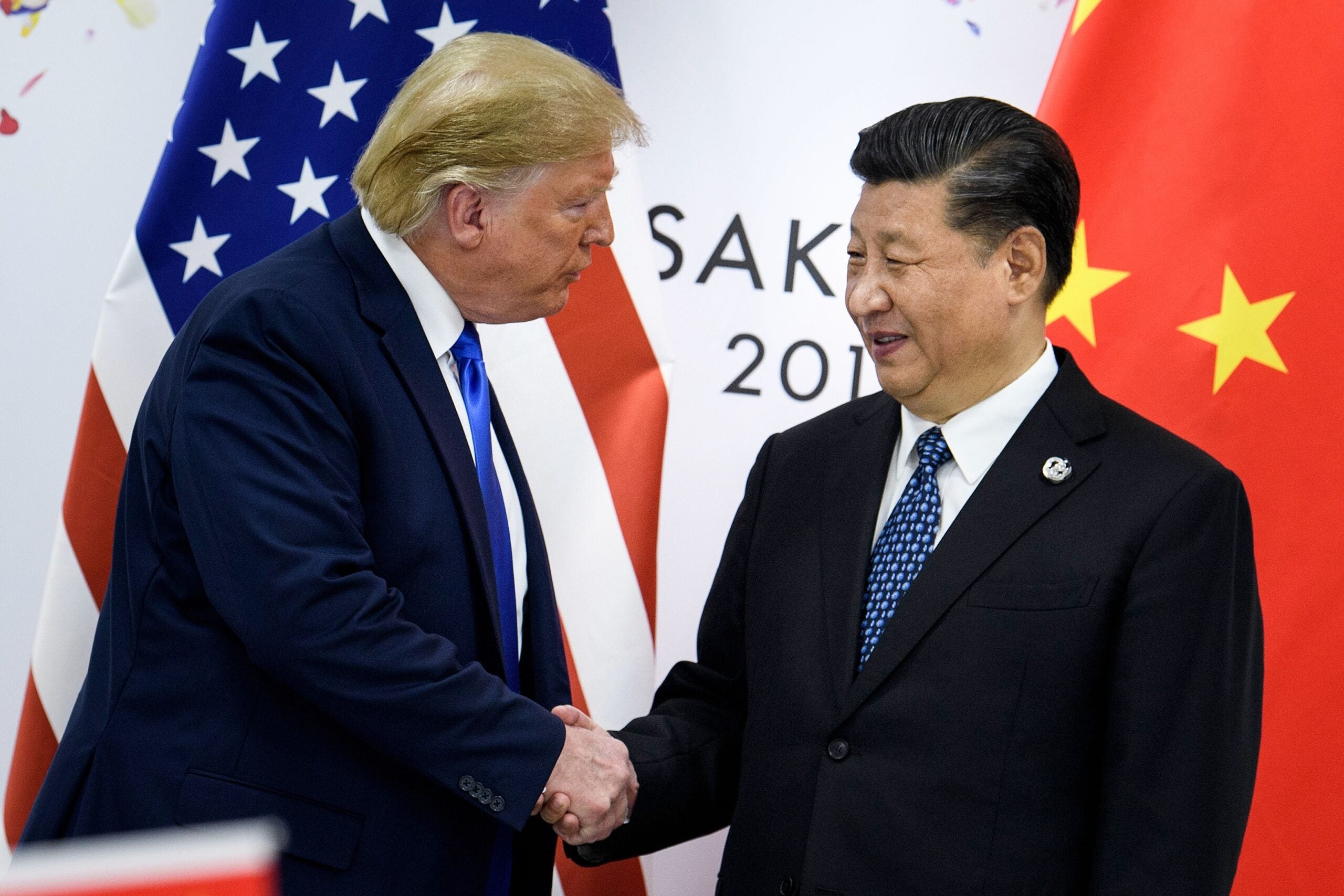On Wednesday 14 October, Xi Jinping visited Shenzhen to mark 40 years since its establishment as China’s first special economic zone (SEZ), which the president dubbed “a miracle in world development history”. The creation of the SEZ in 1980, when today’s futuristic metropolis of 13 million inhabitants was just a fishing village, was an early landmark in the opening up of the Chinese economy under Deng Xiaoping and with it probably the biggest economic story of our time: the integration of the Chinese and US economies.
US capital streamed into Shenzhen and other manufacturing centres and the output of their factories streamed back across the Pacific and into the hands of US consumers, a process particularly accelerated when China joined the World Trade Organisation in 2001. Supply chains for computers and other electronic products criss-crossed the Pacific – a large part of Apple‘s production takes place at the Longhua complex on the edge of Shenzhen – and as China became wealthier, more investment started to flow in the other direction, into the US economy, where Chinese investors hoovered up stakes in carmakers, technology firms and energy generation. China also used its surplus of US dollars to buy US debt and keep down the value of its own currency, the renminbi, becoming the biggest foreign holder of Treasury bonds.
Now, however, parts of the process that began in Shenzhen in 1980 are going into reverse. The pulling apart of the world’s two biggest economies, often dubbed a ‘decoupling’, could prove at least as decisive for the next decades of world affairs as the integration was for the past four. It is a multifaceted and nuanced story. The decoupling is stark in some areas and less pronounced (or not present at all) in others. Some elements of the process are the products of political choices, notably Donald Trump’s trade war, but many are structural; some play into the narrative of looming, near-inevitable conflict between the two superpowers as China’s rise continues, others point in different directions. So now – as the US approaches an important presidential election on 3 November and questions about its wider future abound – the New Statesman Media Group is joining forces to tell that story.
Investment Monitor has dug into the numbers to explain how and where the decoupling is taking place. Click here to read Investment Monitor senior editors Viola Caon and Sebastian Shehadi on the declining trade and investment flows between the US and China, and here for analysis of individual US states’ tortured relationship with China.

US Tariffs are shifting - will you react or anticipate?
Don’t let policy changes catch you off guard. Stay proactive with real-time data and expert analysis.
By GlobalData




